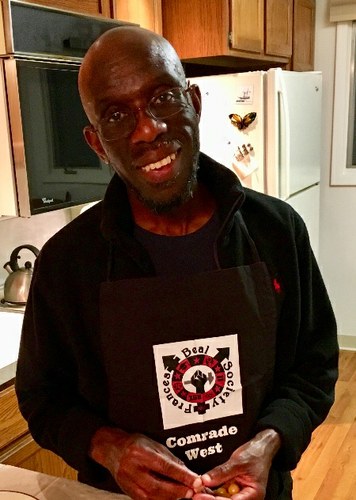The Seeds Are Sown: The Impact of Garveyism in Zimbabwe in the Interwar Years
Abstract
The period between the two world wars was one of the most tumultuous in the twentieth-century history of Africa and communities of African descent in the North Atlantic world. The interwar years commenced with violence directed against black people worldwide, ranging from the suppression of strikes and other forms of popular discontent by colonial regimes in Africa to organized riots by white citizens in the United States and Europe. Egregious though these acts may have been, it was not the violation of black bodies, rights, and properties, whether by the state, "civil society," or the mob, that made the era exceptional. Violence against black people, however and in whatever name inflicted, had been a central feature of the Euro-African interaction since the advent of the Atlantic slave trade. What distin- guished the interwar period, rather, was a remarkable upsurge of political, social, and intellectual renaissance, both on the African continent and in the transatlantic dias- pora. Everywhere, local organizations found deeper and wider expressions, some- times giving rise to groupings that transcended colonial, national, and continental boundaries. Little wonder that the guardians of empire, territorial as well as racial, found themselves in a frenzy over the generalized "unrest among the Negroes," who were thought to be "seeing red."
Abstract
The period between the two world wars was one of the most tumultuous in the twentieth-century history of Africa and communities of African descent in the North Atlantic world. The interwar years commenced with violence directed against black people worldwide, ranging from the suppression of strikes and other forms of popular discontent by colonial regimes in Africa to organized riots by white citizens in the United States and Europe. Egregious though these acts may have been, it was not the violation of black bodies, rights, and properties, whether by the state, "civil society," or the mob, that made the era exceptional. Violence against black people, however and in whatever name inflicted, had been a central feature of the Euro-African interaction since the advent of the Atlantic slave trade. What distin- guished the interwar period, rather, was a remarkable upsurge of political, social, and intellectual renaissance, both on the African continent and in the transatlantic dias- pora. Everywhere, local organizations found deeper and wider expressions, some- times giving rise to groupings that transcended colonial, national, and continental boundaries. Little wonder that the guardians of empire, territorial as well as racial, found themselves in a frenzy over the generalized "unrest among the Negroes," who were thought to be "seeing red."
